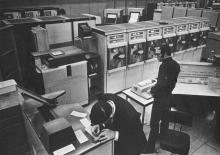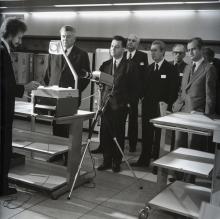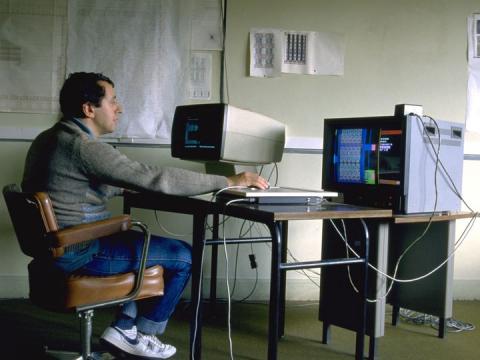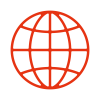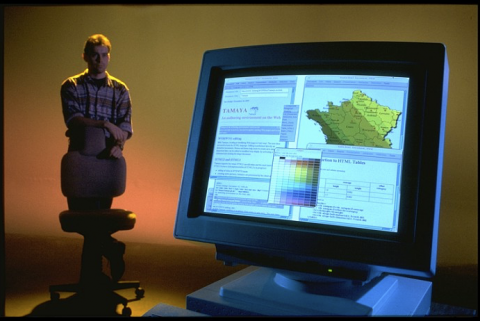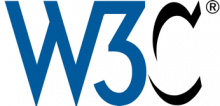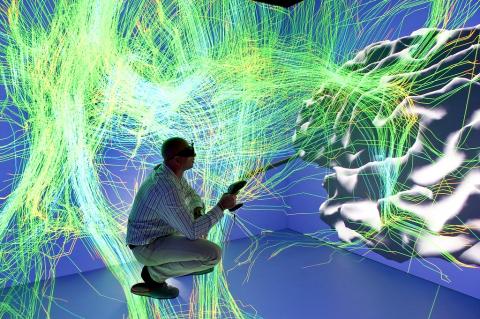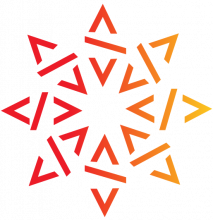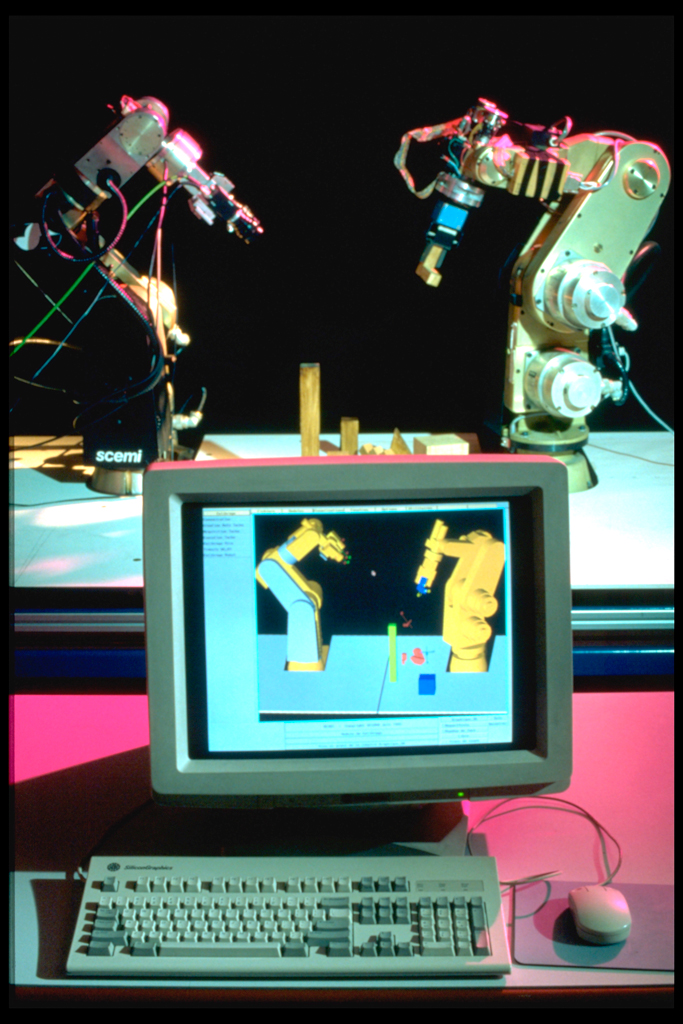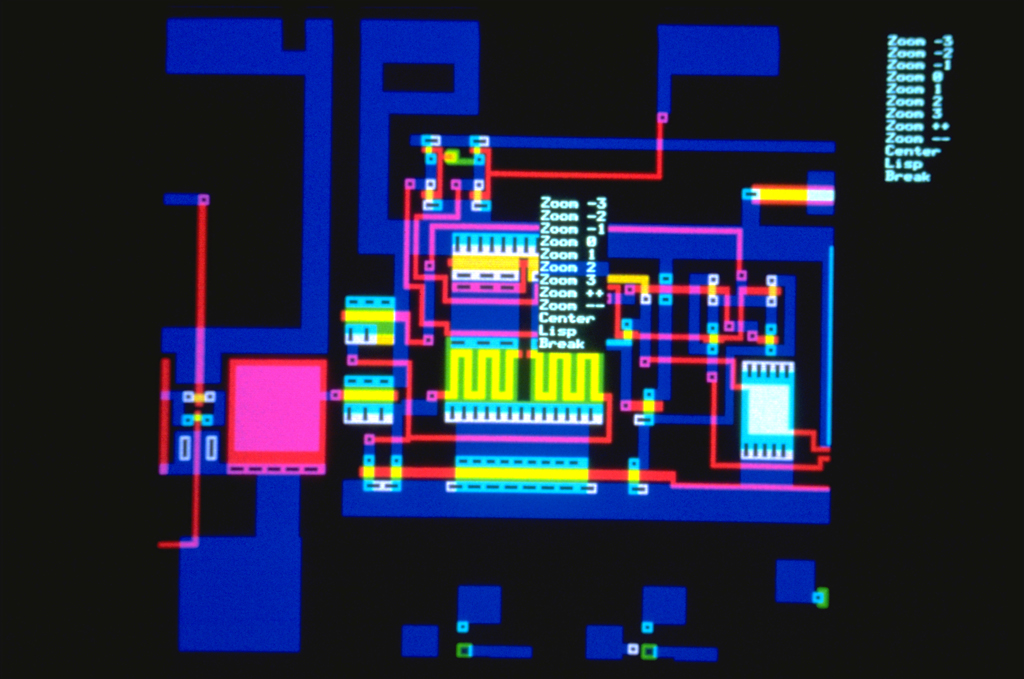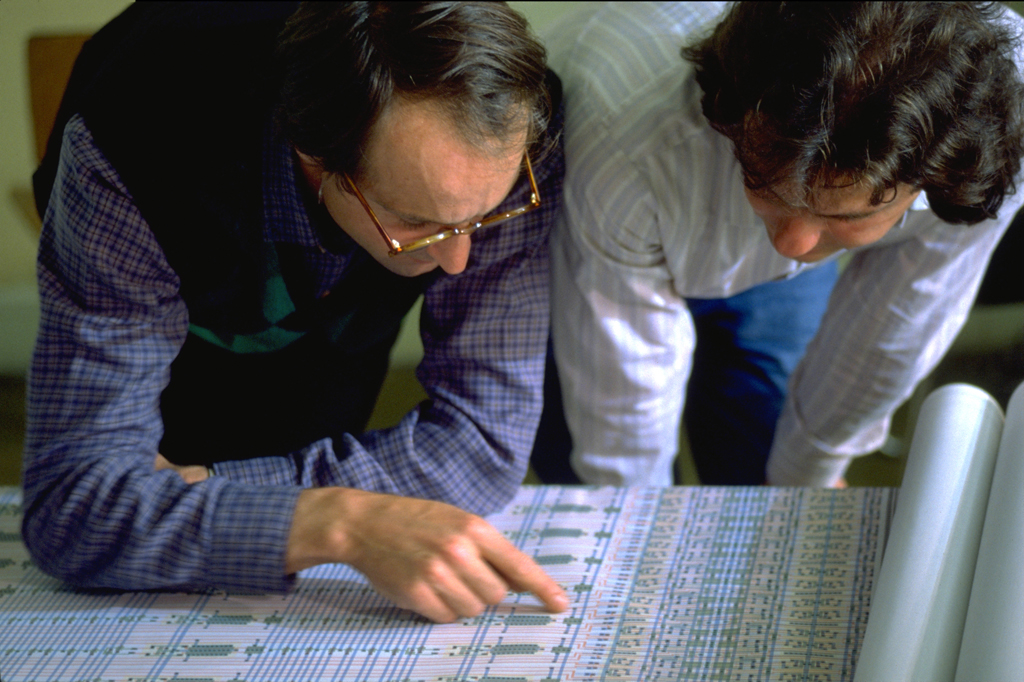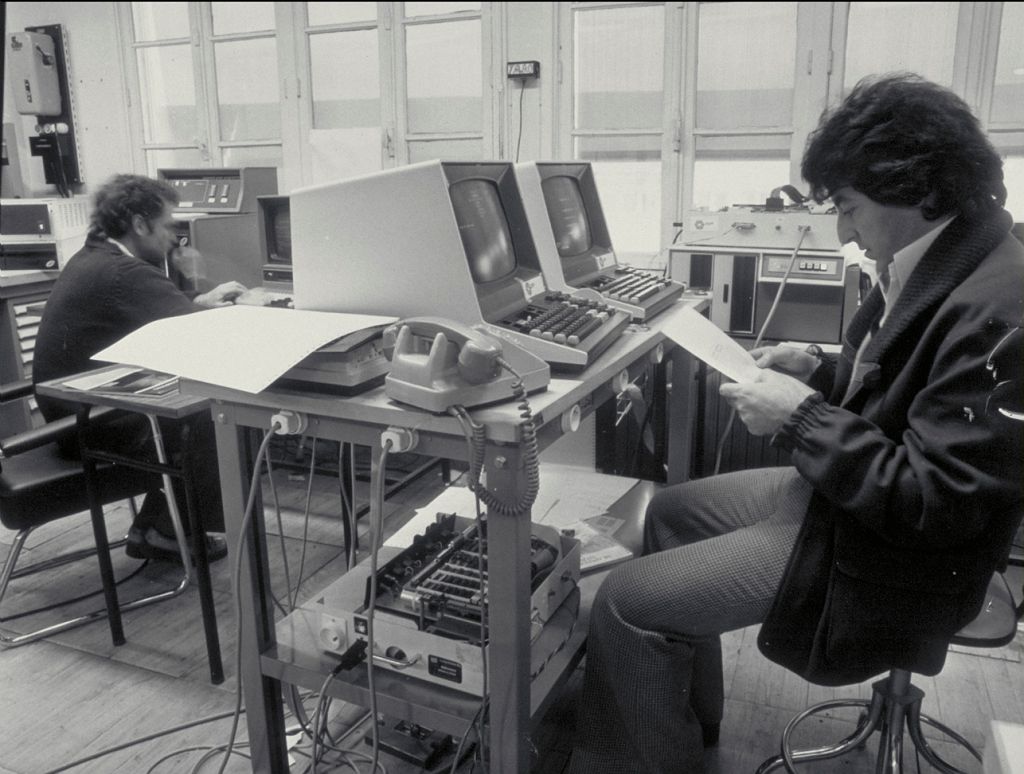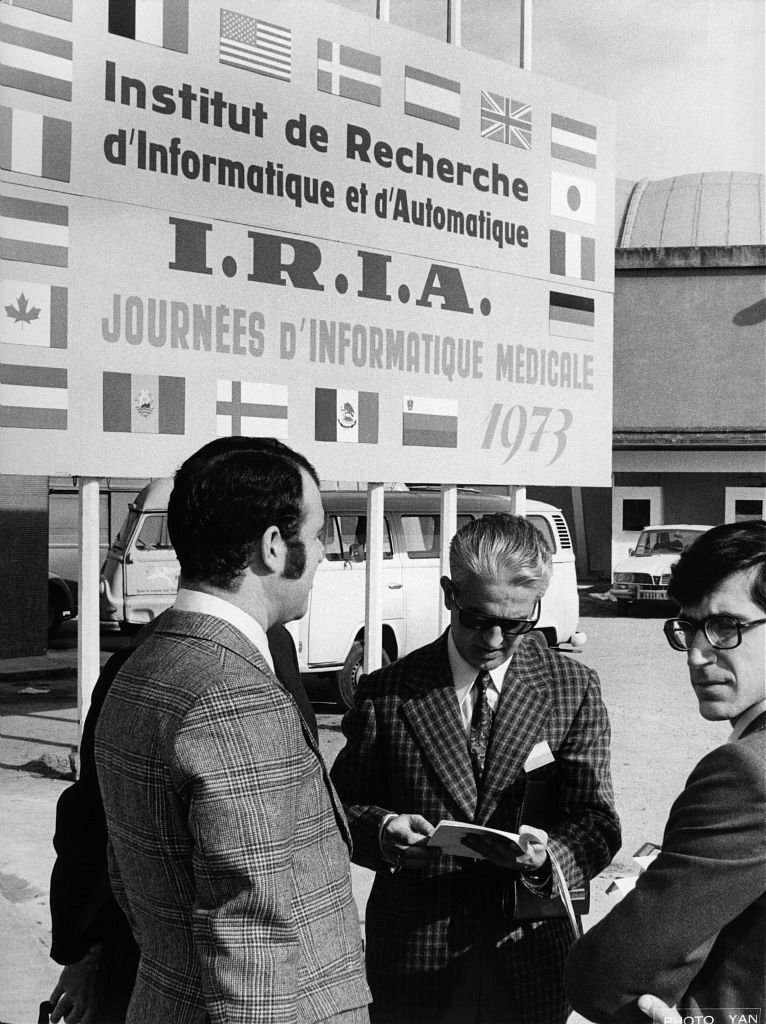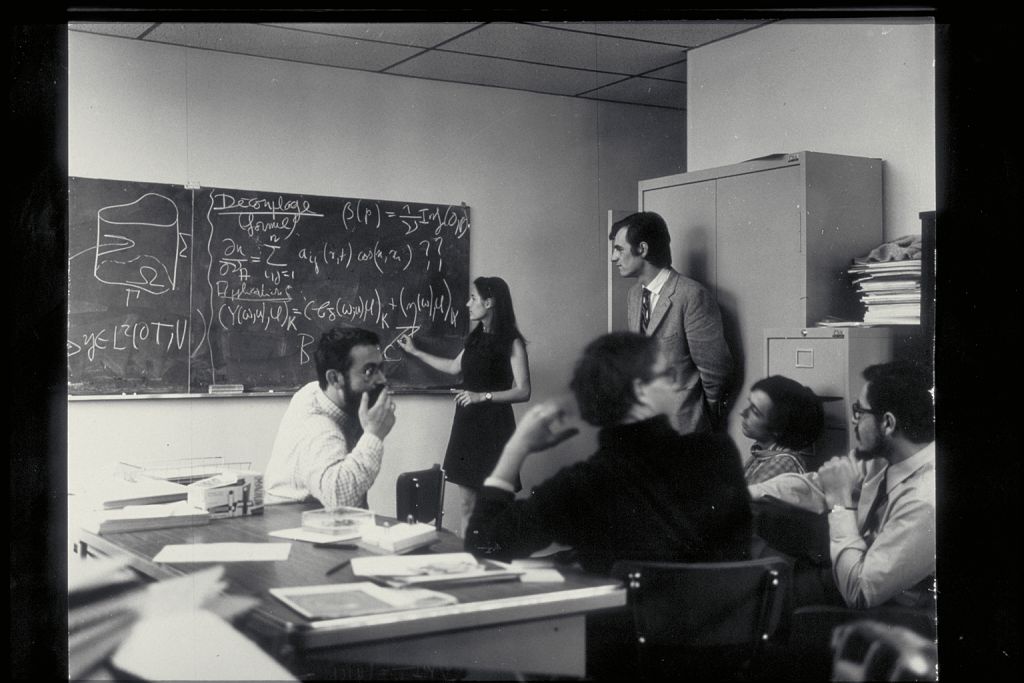Inria has driven digital innovation and research in France and in Europe for over 50 years.
Set up to act as a bridge between the academic world and industry, straddling new frontiers in digital research, a pioneer in pushing through new disciplines with their roots in applied mathematics and IT, a pioneer in supporting the dynamism of tech start-ups both in France and across Europe, the Institute has been a visionary and a trailblazer in a range of different fields (computational science, the Internet, the Web). Today, Inria continues to support the digital transformation of science, the economy and society as a whole.
More than ever, “software is taking over the world”, giving scientists new challenges, opening up new opportunities for tech entrepreneurs, and making it more important than ever to enter into dialogue with society to “make sense of the digital world”. More than ever, Inria is supporting those taking scientific and entrepreneurial risks and research with the biggest possible impact.
1967-1979, Iria begins to take shape
The aim was to supply France with cutting-edge technology and help the country develop its autonomy and sovereignty.
How?
By drawing on contributions made by French engineers and scientists in the fields of mathematics and computer science.
1967, as part of its “Computing Plan”, the French government proudly announced the birth of Iria, the Institute for Research in IT and Automation.
First innovations
This new type of institute was tasked with forging ties between public research and industry and advancing risky and ambitious projects in science and digital technology. In the 1970s, Iria launched the Micado mission for computer-aided design and drawing, which coordinated research into CAD. The Institute was also tasked with national coordination on a variety of themes including robotics, shape recognition, digital image processing and breakdown prevention,.
At the forefront, even before the Internet
If the Internet became the ultra-powerful tool it is today, it is in part thanks to the Cyclades project, carried out in the 1970s at Iria. That’s right - by exploring innovative solutions for networking computers together, Inria researchers invented packet switching for data transfers. At the time, presentations in France, Europe and the USA put Iria among world leaders in the field. Sadly, the programme was suspended in 1976 for political reasons.
Early signs of the Internet at Inria
It was then that Inria researcher Louis Pouzin and his Cyclades team gave an official demonstration of their eponymous network. It made it possible to transfer data through a process known as packet switching, offering a simple solution that could be upgraded and which functioned independently of the network's reliability for exchanging information. The American engineers Robert Kahn and Vinton Cerf would use this system to create the TCP/IP protocol, which is still used to interconnect devices on the Internet.
1979 - L’IRIA avec un grand « N »
Menacé un temps par la décentralisation (il est question de délocaliser l’institut à Sophia-Antipolis), l’institut est finalement maintenu à Rocquencourt grâce à la détermination de son directeur de l’époque, Jacques-Louis Lions, … et transformé en Institut national de recherche en informatique et automatique.
1979 - Iria with a capital “N”
Briefly threatened by decentralisation (there was talk of the Institute being moved to Sophia Antipolis), the director at the time, Jacques-Louis Lions, was able to keep the Institute in Rocquencourt, transforming it into the National Research Institute for Computer Science and Automation.
Its missions and resources were clearly defined
Inria was able to expand both geographically and economically. Beginning in 1975 with the launch of the Irisa (Institut de recherche en informatique et systèmes aléatoires - The Institute for Research into Computer Science and Random Systems) in Rennes, decentralisation saw three new research units set up, bolstering the Institute's national reach. Inria first set up camp in Sophia Antipolis in 1983, then in Nancy in 1986 and Grenoble in 1992.
What was this expansion designed to achieve?
To attract young researchers from across France and overseas. Inria established a range of academic and industrial partnerships, a model it would stick with going forward. The Institute formed ties not only with Grandes Écoles and universities (the École Polytechnique Fédérale in Lausanne, the Centrum Voor Wiskunde en Informatica in The Netherlands, the Max Planck Institute in Germany, etc.), but also with smaller companies and a dozen or so major groups, both from France and overseas (France Télécom, then Orange; Alcatel-Lucent, then Nokia; Thalès, Alstom, EDF, etc.)
1984 - The first start-up and the first venture capital fund
1984 saw the beginning of a new chapter in Inria’s history, with the creation of the Institute’s first subsidiary company, Simulog. This was the first of what would later be known as tech start-ups: over the course of the next 30 years, more than 160 start-ups would be launched, all supported by Inria!
In order to fund their development, which is always a risk, in 1998 the Institute set up I-Source, France’s first tech venture capital organisation, ever true to its reputation as a trailblazer. That same year, the Institute also set up Inria Transfer, a spin-off that would go on to become IT-Translation in 2011, which would be tasked with supporting future entrepreneurs. For its investments, Inria Transfer formed a virtuous circle, using funds raised from selling shares in start-ups that began life within Inria. This was how Inria Startup Studio came about, launched in 2019 in order to help Inria meet its ambitions to support 100 start-up projects each year from 2023 onwards in a world where digital innovation continues apace.
Inria, host of the W3C:
The Web is 30 years old!
Created at CERN (the European Organisation for Nuclear Research) in 1989 as an information management system for researchers, it developed over the course of the 1990s, supported by a network of companies and research centres: the World Wide Web Consortium (W3C). Inria was a stakeholder in this, becoming its European host in 1995.
In 1996, the Institute organised the fifth International World Wide Web Conference in Paris. A few months later, Jean-François Abramatic, director of research at Inria, was named president of the W3C.
They witness...
Inria’s project teams helped the Web to progress
© Inria / Photo A. Eidelman.
For exemple by inventing CSS (Cascading Style Sheets) and creating the Web browser/editor Amaya. For a number of years, this was the most widely used browser/editor, evolving automatically by implementing the Web standards published by the W3C.
1998 - Getting stuck into the Web
The 1990s saw the remarkable rise of the Web and, as you would expect, Inria was right in the thick of things. It was the Institute, for example, which was entrusted with managing national domain names for France, with the creation of “.fr”. In 1998, once the technology had matured, Inria created a spin-off in the form of the AFNIC (the French association for cooperative internet naming).
W3C, an adventure with global impact
|
|
Bruno Sportisse, CEO of Inria and president of the W3C Europe hub |
Another global breakthrough came in 1995, when the Institute was selected by MIT as a partner within the W3C (World Wide Web Consortium), which is responsible for standardising web technology, becoming leader of the European hub.
2008 - Inria expands across the country, taking its dynamism to major research universities
In order to handle all of these projects, Inria grew through the ambitious plan overseen by Bernard Larrouturou, who committed the Institute to doubling in size: the five existing research centres were joined by centres in Bordeaux, Lille and Saclay (2008).
The Institute currently has 2,600 individuals on the payroll, with more than 3,500 scientists involved in its 200 versatile project teams, most of which are joint undertakings with universities and research bodies.
2 500
inria employees

3 500
scientists

From the 2000s to the present day - Inria, always a pioneer, even when it means taking risks
| In early 2000, the Institute revealed its technological and scientific vitality in ever more varied fields. Inria moved into health (one quarter of its project teams), beginning to devise an interdisciplinary strategy that would become its hallmark. Meanwhile, the Institute played its part in a range of ground-breaking projects, helping to “get things going” and to renew France’s vision for innovation. |
|
Inria entered into a partnership with Microsoft Research in 2006, for which it earned its fair share of criticism, but stuck to its guns, feeling the opportunity to work with a global leader was too good to pass up.
In 2009, Inria launched a programme for joint laboratories with SMEs, which would be used as a prototype for the Labcom programme led by the National Research Agency (NRA).
From the outset, Inria has been central to the French Tech initiative, the goal of which is to boost French entrepreneurship.
To be a pioneer, to take risks and to create value both for society and the economy
Unsurprisingly, Inria supported the FUN (France université numérique - France digital university) platform from its very beginnings, supplying its technological infrastructure in order to boost the growth of MOOCs in France.
In recognition of the vital role played by the Institute, in 2018 it was granted the status of coordinator for the research component of the national plan on artificial intelligence, AI for Humanity.
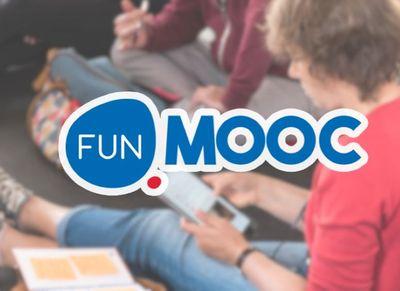
Plate-forme FUN
Excellence in higher education for free online courses open to all
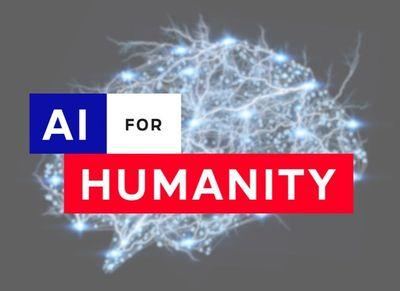
AI For Humanity
Artificial intelligence at the service of humans
2012 - Inria opens Inria Chile, the first centre outside France
With the aim of being an entry point for France in Latin America, Inria establishes in 2012 the Centro Inria Chile, whose first project was the CIRIC (Communication and Information Research and Innovation Center), which was born from a joint work with nine Chilean universities co-executors and the support of Corfo through the program "Attracting Centers of Excellence for Competitiveness".
Inria Chile is a driver of technological innovation and knowledge transfer through effective collaboration with companies, institutions and startups to meet the challenges of the digital revolution.
2016 - Inria opens its doors to software
In much the same way, Inria has also played a pivotal role in the spread of freeware in France and in Europe, as one of the first institutions to understand its role in the digital revolution. By way of an example, Inria invested in the definition of free licenses, with the CECILL license, which also enabled it to dip a toe into the waters of the legal issues facing freeware. More recently, there was the Software Heritage project, the aim of which was to build a universal and permanent software source code archive. Having opened to the public in 2016, this “Library of Alexandria” for software housed no fewer than 6 billion source files and 90 million software projects. After playing a crucial role in the birth of HAL (Hyper articles on ligne), an open online platform developed in 2001 by the CNRS where authors can deposit scientific publications, Inria is now looking to build the third pillar of open science, software, following on from publications and data.
2019- Inria in Chile
The year 2019 marked the entry of Inria Chile into a new strategic cycle. A cycle marked by a model of scientific excellence motivated by the economic, social, and ecological impact of its actions and strongly linked to the ecosystem of national and international academic and industrial partners. A pivotal strategic cycle that has been ratified until 2022 by the Foundation's Board of Directors and by the Corporación de Fomento de la Producción (Corfo), the second main stakeholder of Inria Chile, through a new agreed logical and strategic framework. In terms of innovation, the launch of the Inria Academy and the Startup Studio is particularly noteworthy. The Inria Academy has a double objective: the dissemination of Inria's open-source software and the training of engineers, scientists, and decision-makers from companies and startups. As for the Inria Startup Studio in Chile, it seeks the articulation and connection with the respective innovation and entrepreneurship ecosystems through the alliances already established by the Inria Chile Foundation. To this end, the strategy in the country has two specific objectives: support for the internationalization of Chilean and Latin American startups and the soft landing of French startups in Chile.

